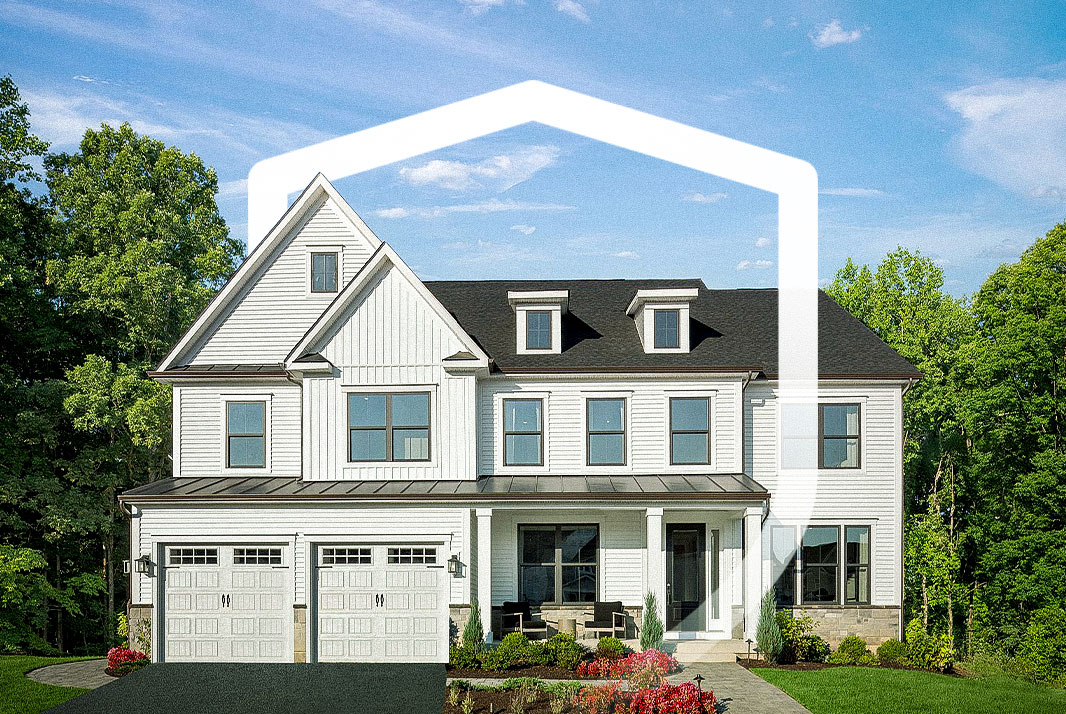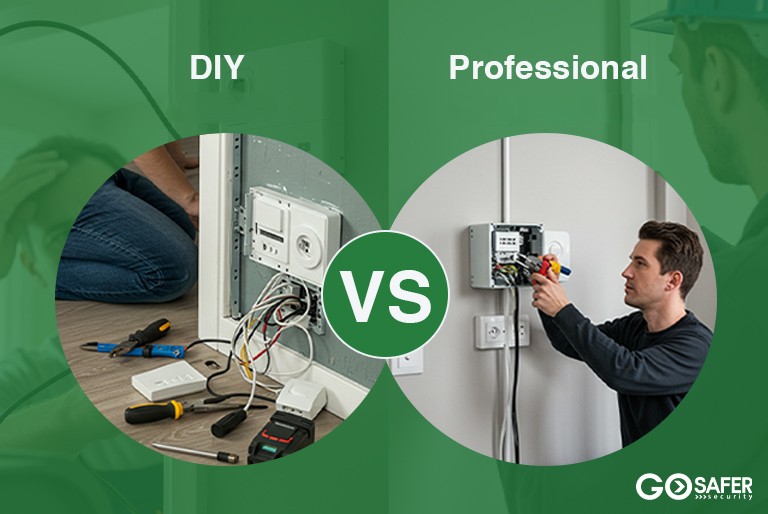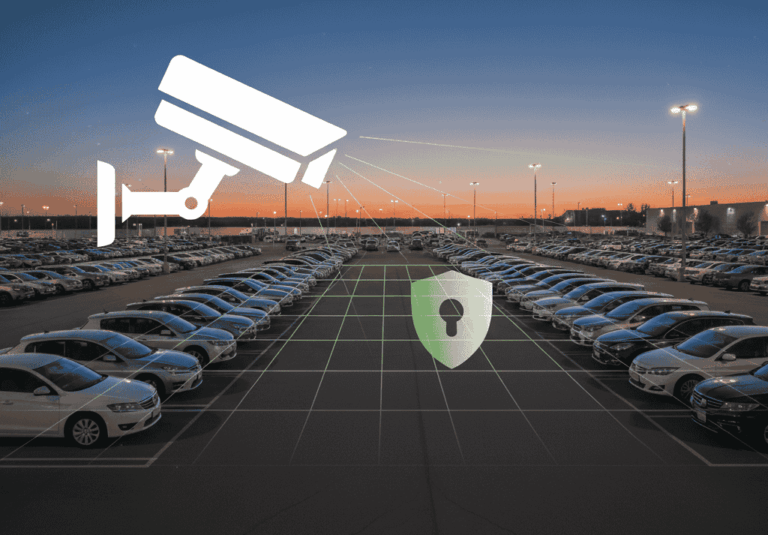Installing a security and fire alarm system is one of the smartest steps you can take to protect your home and family. But here’s the catch, preparation is key. By getting your home ready before installation day, you can save time, avoid last-minute issues, and ensure your system works exactly as intended. Whether you’re in Maryland or anywhere else, taking a little time to prep your home properly guarantees smoother installation and long-term peace of mind.
Table of Contents
Toggle1. Assess Your Home’s Security & Fire Risks
Before any installer steps foot inside, take a moment to evaluate your home’s unique risks.
- Security risks: Identify entry points like doors, windows, and blind spots where cameras or sensors may be needed.
- Fire risks: Pay attention to areas like kitchens, attics, and basements. Outdated wiring, overloaded outlets, or cluttered storage areas often present hidden dangers.
Pro tip: Do a walkthrough with a checklist or better yet, with your installer; to highlight areas that require extra attention.
2. Know What You’re Installing
Understanding what will be installed helps you prepare your home and manage expectations.
- Security systems often include cameras, motion detectors, window/door sensors, and a central control panel.
- Fire alarm systems include smoke detectors, heat sensors, CO detectors, and a control unit.
If you’re going modern, look into systems that integrate security and fire protection with smart home features. Imagine being able to control everything from one mobile app—it’s safer and more convenient.
3. Clear the Installation Areas
Installers need access to specific areas to do their job efficiently. Before they arrive:
- Move furniture, décor, or personal belongings blocking walls, ceilings, or windows.
- Provide clear access to breaker boxes, attics, basements, and main entryways.
- If you have pets or young children, keep them out of the way for safety and to avoid distractions.
A clutter-free workspace allows your technician to install devices quickly and correctly.
4. Ensure Power & Internet Accessibility
Modern systems rely heavily on power and connectivity.
- Check that outlets are available near the control panel and planned device locations.
- Ensure your Wi-Fi signal is strong throughout the house. For larger homes, a mesh system may help.
- Don’t forget backup power. A UPS or battery backup keeps your alarm running during outages, which is crucial in emergencies.
5. Understand Local Codes & Regulations
Alarm installations aren’t just about convenience; they often have legal requirements.
- Fire codes: In Maryland, for example, state laws require working 10-year sealed battery smoke alarms in certain homes and interconnected alarms in newer constructions (Maryland fire safety law reference).
- Permits: Some municipalities require permits for alarm system installations.
- HOA rules: If you live in a community, check whether external cameras or alarm boxes need approval.
Complying with regulations avoids fines and ensures your system meets safety standards.
6. Communicate with Your Installer
A successful installation depends on clear communication. Share details like:
- Your home’s floor plan and room usage.
- Preferences for sensor and camera placement.
- Wiring or structural limitations your installer should know.
Also, prepare a list of questions. Ask about mobile app setup, maintenance needs, and best practices for emergency response.
7. Prepare for Testing & Training
Installation isn’t complete until you know how to use your system. Expect your technician to test every device to confirm it works properly.
Take this opportunity to learn:
- How to operate the control panel.
- How to use the mobile app for arming/disarming or receiving alerts.
- Emergency procedures, like how the system notifies you and local responders.
Also, set up emergency contacts and customize alerts so your system responds the way you want.
8. Post-Installation: Tips for Maintenance & Upgrades
Once your system is in place, ongoing care keeps it reliable:
- Test alarms monthly and replace batteries when needed.
- Clean smoke detectors, cameras, and sensors to keep them unobstructed.
- Update firmware for smart devices to maintain security and performance.
- Plan for upgrades, like adding smart locks, thermostats, or leak detectors that integrate with your system.
Think of your security system as a living setup; it should evolve with your needs.
Conclusion
Preparing your home for a security and fire alarm installation might seem like extra work, but it pays off. From clearing spaces to ensuring compliance with local codes, every step you take makes the installation smoother and more effective. At the end of the day, it’s not just about technology; it’s about creating a safer home for your family.
Need help installing your security and fire alarm system in Maryland? Contact Go Safer Security for a professional, code-compliant setup.







